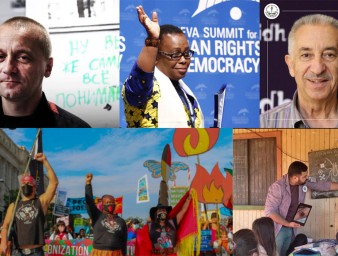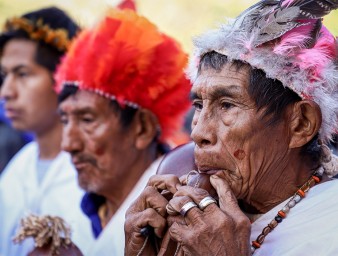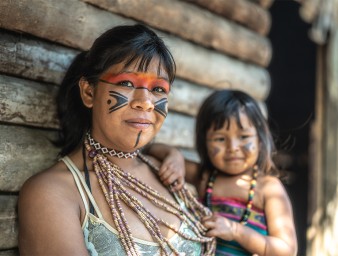Activists focus on health as a human right for indigenous peoples
22 July 2016

The death by suicide of a 10-year old girl in Western Australia earlier this year was a stark reminder of the problems facing indigenous communities worldwide, said Dr. Hannah McGlade.
“It is a major crisis,” she said. “It is an epidemic facing indigenous communities. And it is one of the most common forms of death among indigenous peoples. Too many young people feel life holds no future for them. It is an absolute tragedy and a health issue.”
McGlade, a doctor who specializes in Indigenous human rights, said it pointed to the insidious reach of colonization and the failings of States and others in providing the human right of health care to indigenous peoples, particularly the youth.
This crisis in health care for indigenous peoples was the focus of the latest meeting of the Expert Mechanism on the Rights of Indigenous Peoples (EMRIP). The meeting, which took place in Geneva in July, discussed and approved a report that takes a closer look at the right to health and indigenous peoples, with a special focus on children and young people.
Access to, and the ability to have, health care is a human rights issue for indigenous peoples across the globe, McGlade said. When people are not accorded full access to their rights, which is often the case for indigenous peoples, there are gaps in health care. And those health services that are available tend to be culturally inappropriate, separated from traditional medicines and healthcare, she added.
The EMRIP report states that indigenous peoples find their access to health care blocked via discriminatory practices or the lack of health services available.
“States often turn a blind eye to racism in health care settings, even in the presence of pervasive, persisting evidence that indigenous peoples are treated discriminatorily,” the report states.
The report makes a number of recommendations for improving access and health care for indigenous peoples. These include creating community-based solutions and prevention measures for high risk behaviour such as suicide; States decoupling identification documents and access to health care, especially for children; and States training indigenous health care workers as well as accrediting indigenous health practitioners and integrating them into healthcare systems.
McGlade said the report will go before the Human Rights Council later this year. In addition, participants from this year’s conference will disseminate information from the report back in their home communities.
“It increases advocacy, knowledge and commitment (of NGOs and States) to work in partnership within a human rights framework,” she said. “It helps to show that indigenous peoples can be the architects of the solutions to their own problems. If we did not raise this issue, then it would not receive the attention that it should receive.”
Back in Western Australia, the suicides of the 10-year-old girl and other indigenous peoples, have prompted soul-searching and Government action. The Government is currently trialling a programme that provides culturally appropriate assistance to reduce the number of suicides and address the after effects on the rest of the communities. The Government has also committed AU$26 million to a nation-wide suicide prevention project. It has also meant a nationwide discussion of the causes, and more importantly an effort to find solutions.
22 July 2016




